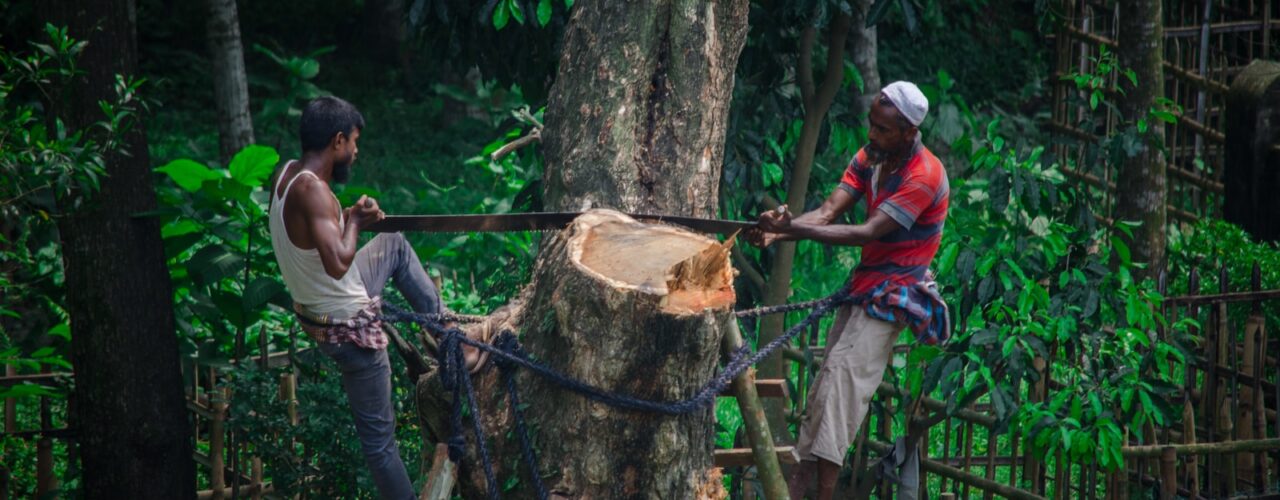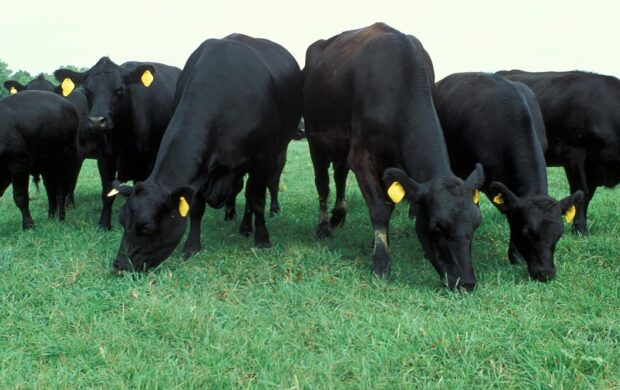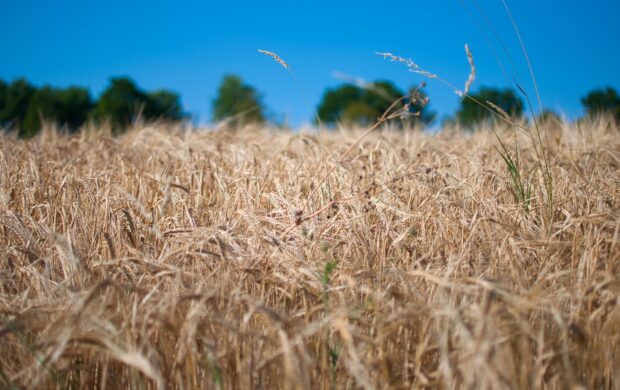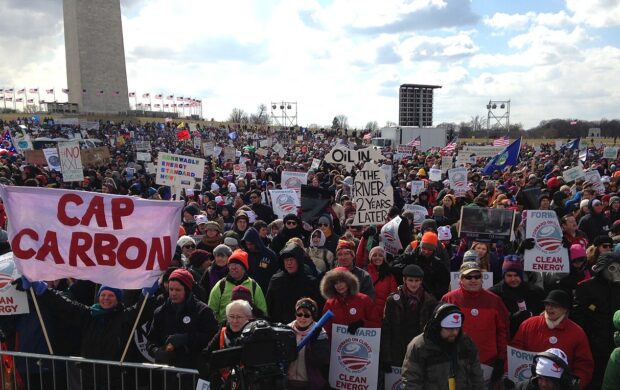Climate change increases the risk of viral transmission across species. More than 10,000 known species of virus could infect humans, but very few do. However, climate and land-use change are creating new opportunities for viral transmission. Reduced habitat for wild species, increased spread of humans, and migration due to climate change means that once geographically separate species are coming into contact with each other and with humans more often. This increases the opportunity for mutation and transmission.

So What?
Climate change has brought drought, flooding, winds, fires, species loss, illness, and migration at unprecedented levels. We know that both individuals and ecosystems are more resilient to changes in their environment if they are healthy. This fact has unfortunately been evidenced by those living in poor air quality and water quality regions suffering more from the pandemic than those in good environmental conditions. As non-humans are forced to live ever closer to humans in diminishing habitats, increased viral transmission risk means that we are more likely to face future pandemics. And, again, those with poorer health and environments will undoubtedly suffer the greatest costs. Will the science showing us that our health is intrinsically linked to that of the environment and fellow species spur us into accelerated climate action and habitat conservation and/or regeneration? Or, will we focus our efforts solely on preparedness and responses (vaccines), instead of preparedness, responses, and prevention?
















Join discussion